Siberian Elm Tree - Facts, Characteristics, How-to Care Guide
Siberian elm is a unique plant that can be cultivated both as a tree and as a bush, depending on the variety and care style. It's not difficult and can grow in basically any soil. It also looks very majestic - so it's a perfect yard decoration. Learn all about the needs of Siberian elm tree and find out how to care for it, so it grows beautifully.
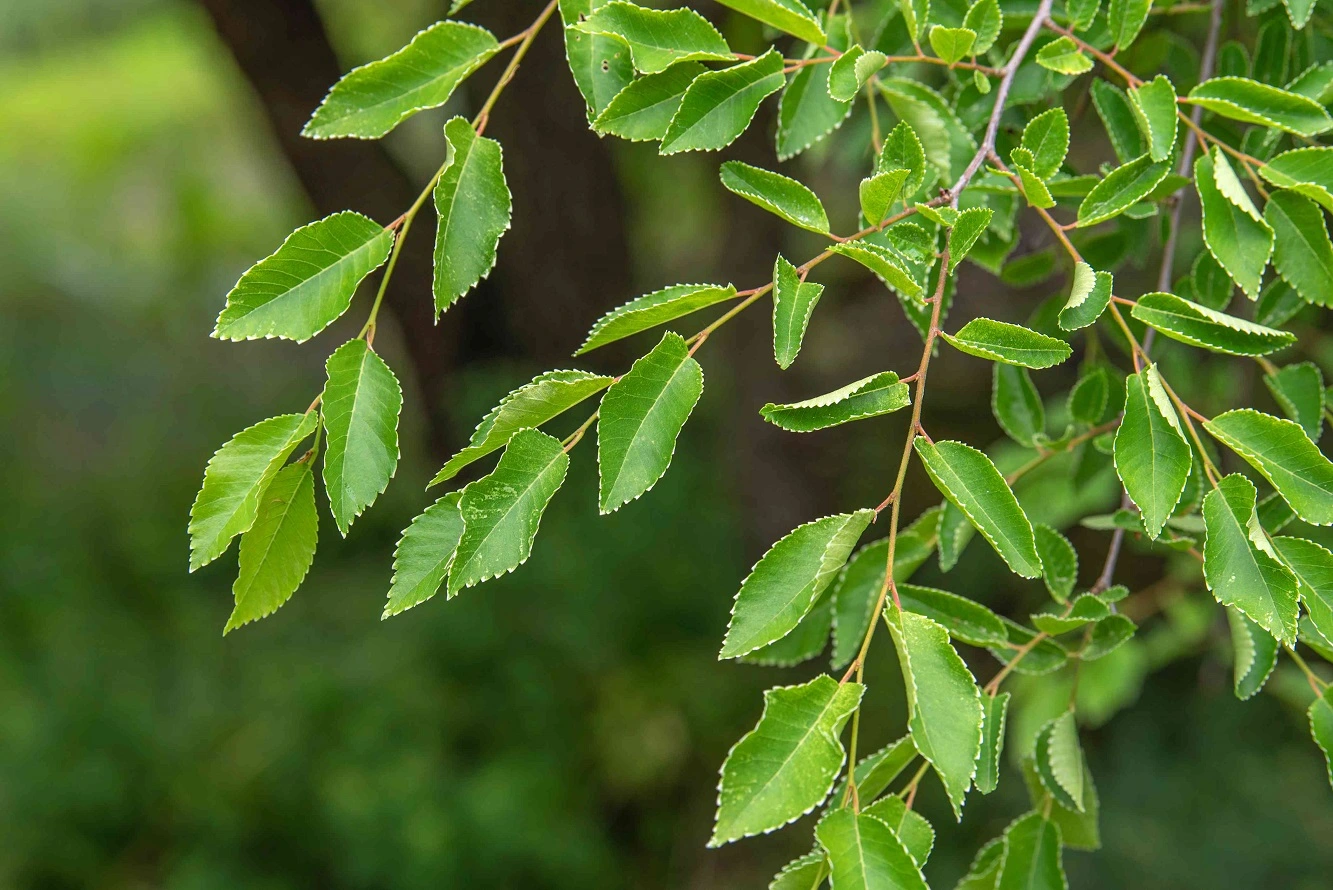
Siberian elm - what kind of plant is it?
Siberian elm (Ulmus Pumila Celer), also called dwarf elm is a plant native to Asia, more precisely - Syberia, as the name indicates. This majestic plant can also be encountered in Mongolia.
Currently, Siberian elm is popular almost everywhere in the world. It’s especially common in Europe. It’s also a part of landscape in many yards in North America.
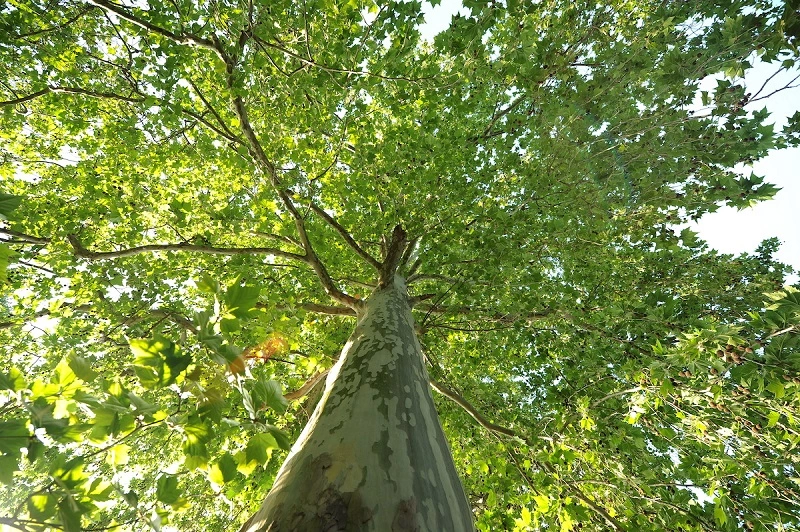
What does Siberian elm look like, and what are its characteristic features?
Siberian elm is a plant that can reach impressive heights – of course, if the conditions allow it. With good care, proper soil and favorable climate, it can grow up to 30 m (98.43 ft). This height is achieved after a dozen or couple of dozen years, but it’s fairly impressive nonetheless. But it’s difficult to achieve with in-yard cultivation. Trees measuring up to 2-3 meters (7-10 feet) are much more common.
Siberian elm is very characteristic for its asymmetrical habit. Interestingly enough, there are two options for its cultivation. Although in its natural habitat it’s a tree, it’s often grown as a bush in gardens. A lot depends on the variety of this species, as it determines how the branches develop.
As for the appearance of Siberian elm, the leaf shape also depends on a particular cultivar. There are two options:
- Aurescens variety has green leaves that might turn yellow in spring, and return back to normal soon after,
- Aurea variety has characteristic yellow leaves, and they last from early spring until late autumn.
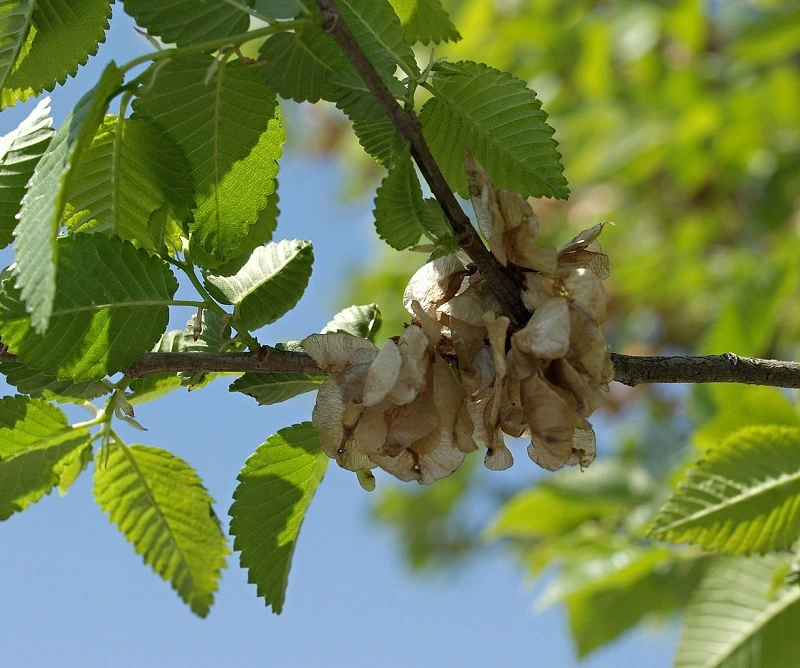
Siberian elm – growing requirements
As a big advantage, Siberian elm is a plant that can grow in practically any soil. Rich and permeable soil is the best option – if the ground is worse, it simply grows slower. Constant moderate moisture in the soil is the most important factor. Siberian elm dislikes long droughts.
One can prepare the ground before planting the tree in it. It has to be enriched, either with a multi-ingredient fertilizer, or better with natural compost.
Siberian elm benefits from sunny locations. The plant can also grow in half shade.
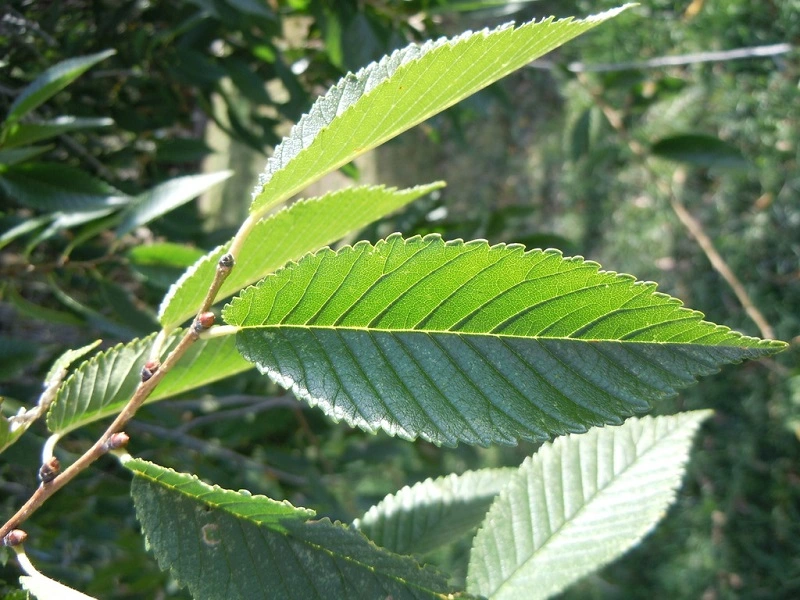
Planting Siberian elm tree
Siberian elms can be planted twice in a year. It can be done either in spring or in fall. Preparing the spot is a very significant part of the process. Make sure to dig a large enough hole. Drainage is the next step. You can prepare it yourself, simply by pouring some rocks on the bottom – ordinary gravel is suitable, but you can also use expanded clay. This way, water won’t stand in the ground.
When planting young shrubs with the intention of turning them into a hedge, remember that Siberian elm tends to expand. Make sure to leave enough space between the saplings. 45-50 cm (1.5-1.6 ft) is the recommended spacing. Also, don’t plant the trees close to the property’s border, as the plant might disturb the public space.
How to water Siberian elm?
Although Siberian elm doesn’t tolerate standing water, note that it doesn’t like droughts, either, especially if they last a long time. If precipitation is rare in summer, make sure to water the tree – even every day, in the morning.
If the soil is moderately wet, watering once every few days or once per week is enough. In case of heavy rainfalls, the plant doesn’t need watering at all.
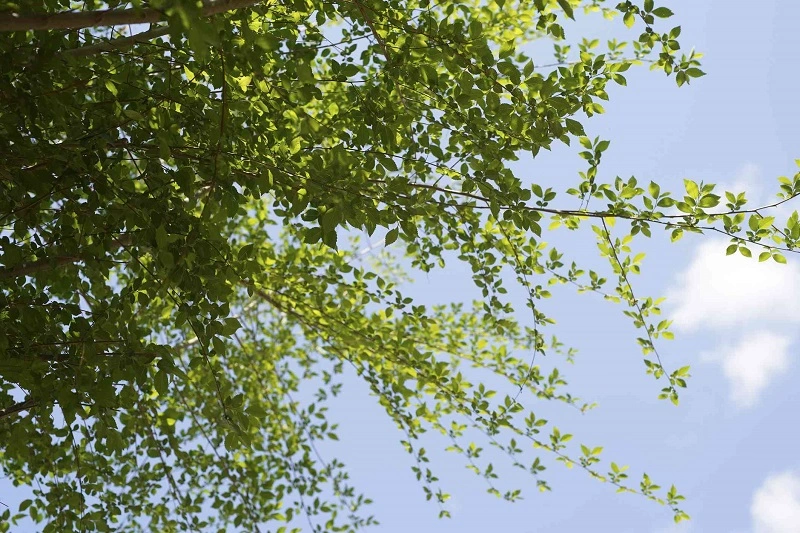
Do you have to fertilize Siberian elm?
It’s very important to feed young Siberian elm trees. The first couple of years are decisive about the plant’s survival. Make sure to strengthen it in spring and encourage its growth.
Fertilizing process should be repeated even for 5 years from planting the tree, depending on the quality of the soil. Note that Siberian elm doesn’t have any requirements about the particular type of nutrients it should receive. It means you can use multi-ingredient products.
How to care for Siberian elm?
Siberian elm doesn’t have any special needs. Basic care elements done to other ornamental shrubs is enough. For this reason, picking the right location for the plant is the only major factor. The next steps are regular watering depending on the weather conditions, yearly fertilizing in spring, and pruning, especially if you want to turn your Siberian elm into hedge.
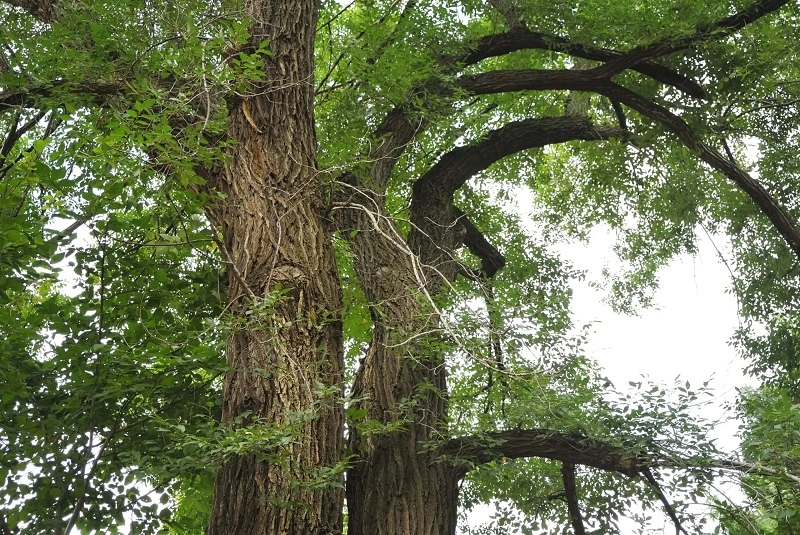
Does Siberian elm need pruning?
Siberian elm should be pruned regularly – especially if you treat it as a hedge shrub. Repeat it twice per year. Plan such works for early spring, so the plant can get strengthened before the season and achieve a proper shape, and for autumn – to prepare the tree for winter.
Siberian elm is not difficult to prune. You can do it yourself using clippers or large shears. If you lack experience with such works, you can watch some instruction film on the Web, so you get the knowledge how to properly cut garden shrubs.
Where to buy Siberian elm?
Siberian elm saplings can be purchased in plant nurseries, as the plant is quite popular. They can also be found in home improvement stores, in their ‘Garden’ sections. Depending on the type, they cost from $40 to $100.
When picking a plant, make sure it’s not damaged, it doesn’t have pests or isn’t infected with a disease. Thanks to this, you can be sure the plant will grow properly.
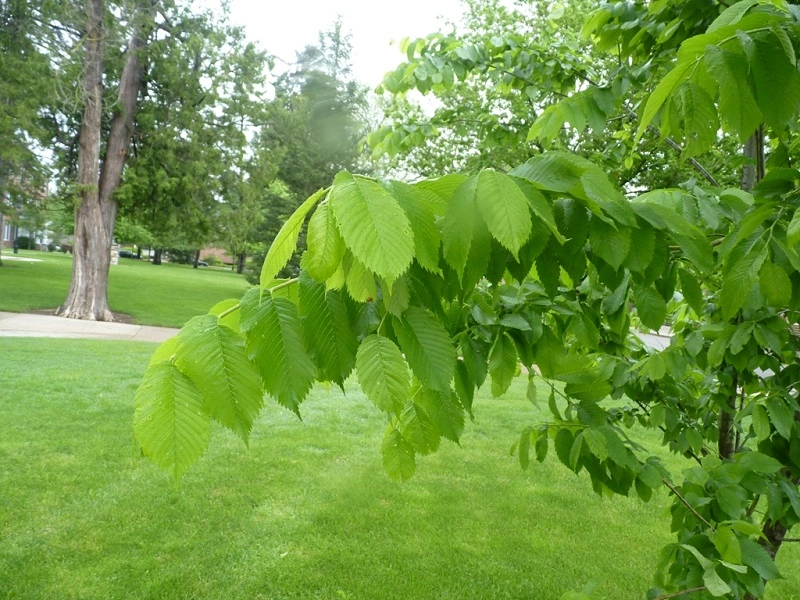
📍 How to plant Siberian elm?
Planting a Siberian elm is not a complicated process. Make sure to dig a large enough hole and prepare a layer of drainage e.g., using small stones. Also, fertilize the soil using compost. The saplings need proper spacing, about 40 cm (1.31 ft) between each plant.
📍 When to plant Siberian elm?
Siberian elm can be planted 2 in a year. It can be done either in spring or fall – depending on when you can purchase saplings.
📍 How to propagate Siberian elm?
There are two methods for Siberian elm propagation. You can use cuttings or seeds. If you want to use cuttings, harvest them in winter – they should be about 25 cm (ca. 10 inch) long. Put them in a box filled with wood shavings and keep them in the fridge until spring. Then they can be rooted and planted.
📍 Where to buy Siberian elm?
Siberian elm is a popular plant, so you shouldn't have any problems with buying one. It can be found in plant nurseries, large stores and general supermarkets. Some people sell Siberian elm saplings online as well.
Featured articles




